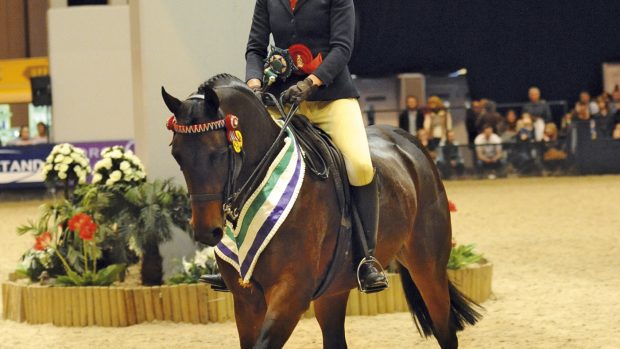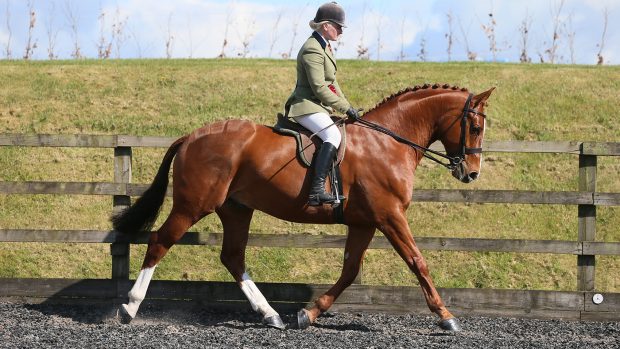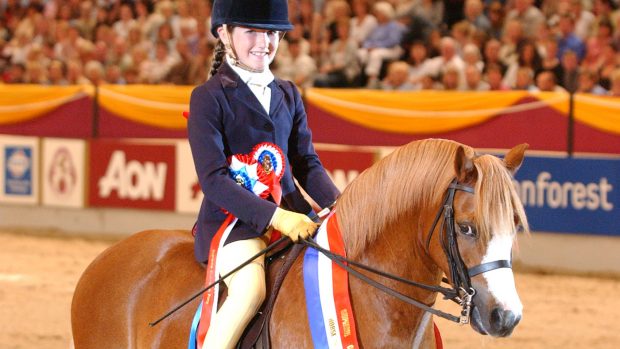Showing in-hand is an art in itself and just as popular as ridden classes. There is a huge range of classes, from breed to fun events, so everyone can have a go.
Entrants are judged on conformation, movement and whether they are good examplesof their type/ breed.
The handler’s job is to show off the horse to his best advantage in walk and trot and stand him up so the judge can assess his conformation.
In-hand tack
In the ring
The judge will make an initial assessment as you walk round the ring, then call entrants into line and ask for an individual show.
Walk away from the judge, turn slightly to the left and walk a half circle to the right, which will bring you back on your original line. Once your horse is straight, ask for trot.
When you stand your horse up for the judge, make sure you are on a level patch of ground. The judge should be able to see all four legs and the horse’s head carriage must be flattering. A rustling crisp packet in a pocket can help to keep ears pricked forwards! Just because you are showing a horse in hand, don’t forget about rhythm and pace. According to judge Julia Spacey-Woods, a common mistake is running too fast to try andmake a horse look like a flashy mover.
“This just causes a horse to fall on his forehand and scrabble around,” says Julia. “Ask yourself how it would feel if you were riding the horse – would you be rising in a good rhythm or going up and down at 90 miles an hour? Don’t rush, try to think ahead and don¨t hold his head too tight.”
Homework
Just like schooling on the flat, spend time at home teaching your horse to go in-hand correctly. Practise alongside a fence to stop him swinging out his quarters and look ahead, not at the horse.
With some horses, it helps to carry a long schooling whip and give him an encouraging touch or light tap.



